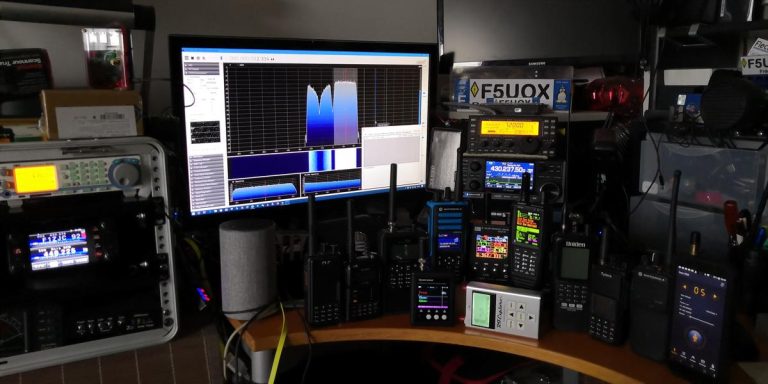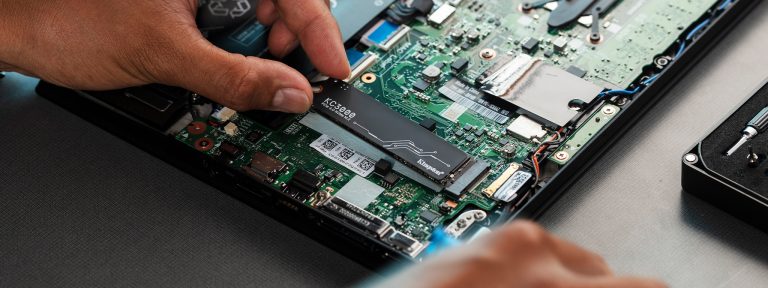Vape Juice products have rapidly gained popularity in recent years, offering convenience and ease of use for individuals seeking an alternative to traditional tobacco smoking. However, along with their rise in popularity comes a growing concern regarding their environmental impact. Understanding the environmental implications of Vape Juice products is essential for making informed decisions about their use and regulation.
One of the primary environmental concerns associated with Vape Juice products is the improper disposal of used devices. Unlike traditional cigarettes, which are biodegradable, Vape Juices often contain non-biodegradable components such as batteries, plastic casings, and electronic circuitry. When these devices are discarded irresponsibly, they contribute to the growing problem of electronic waste, or e-waste.
E-waste poses significant environmental hazards due to the toxic chemicals and heavy metals it contains, including lead, mercury, and cadmium. Improper disposal of e-waste can result in soil and water contamination, posing risks to both human health and ecosystems. Furthermore, the disposal process itself often involves incineration or landfilling, leading to air pollution and greenhouse gas emissions.
Another environmental concern associated with Vape Juice products is the depletion of natural resources. The production of these devices requires various materials, including metals, plastics, and rare earth elements. Extracting and processing these resources can have detrimental effects on ecosystems, including habitat destruction, biodiversity loss, and pollution. Additionally, the energy-intensive manufacturing process contributes to carbon emissions and exacerbates climate change.
The widespread use of Vape Juice products also contributes to littering and marine pollution. Discarded vape devices are often found littering streets, parks, and beaches, posing risks to wildlife and detracting from the aesthetic value of natural environments. Moreover, when disposed of improperly, these products can end up in waterways and oceans, where they break down into microplastics and harm marine life.
To address the environmental impact of vape juice products, several strategies can be implemented. Firstly, there is a need for improved product design and materials selection to enhance recyclability and reduce the use of hazardous substances. Manufacturers should also take responsibility for the end-of-life management of their products by implementing take-back programs and facilitating proper recycling and disposal.
Public awareness and education campaigns can help promote responsible consumption habits and encourage proper disposal practices among consumers. Additionally, policymakers can implement regulations and policies to restrict the sale and marketing of Vape Juice products, promote sustainable alternatives, and hold manufacturers accountable for the environmental footprint of their products.
In conclusion, while Vape Juice products offer convenience and versatility, they also pose significant environmental challenges. Addressing these challenges requires a multi-faceted approach involving consumers, manufacturers, policymakers, and other stakeholders. By understanding the environmental impact of Vape Juice products and taking proactive measures to mitigate their effects, we can work towards a more sustainable future for both human society and the planet.




















+ There are no comments
Add yours